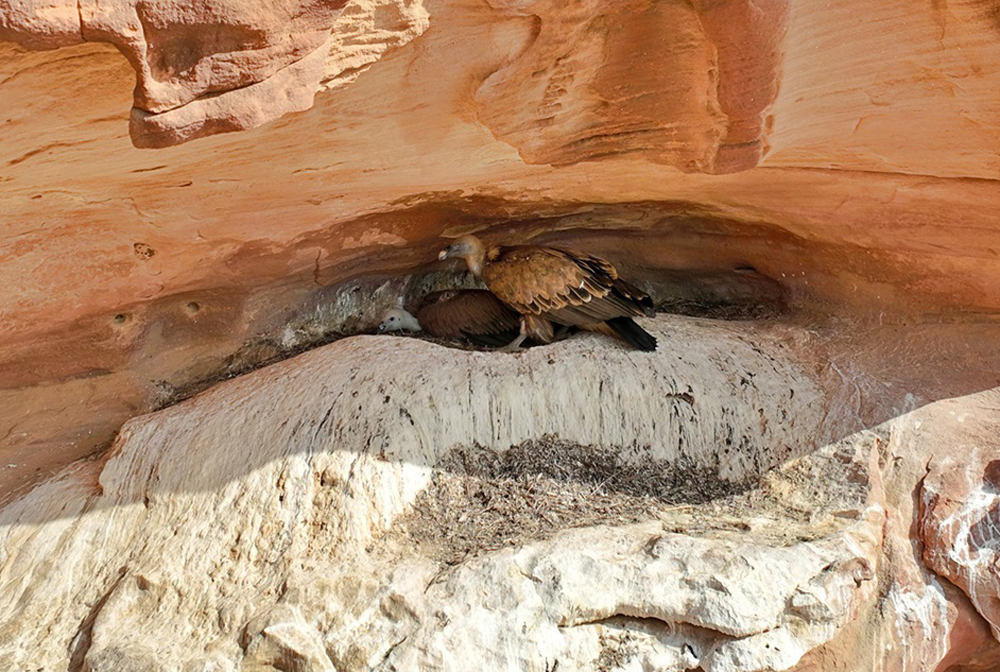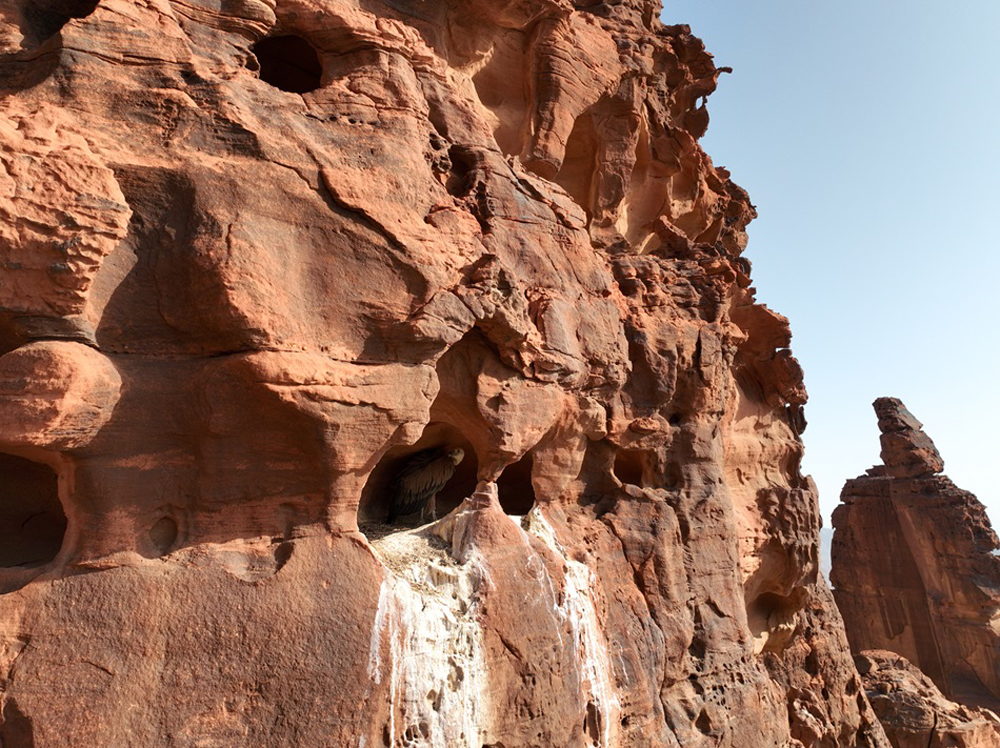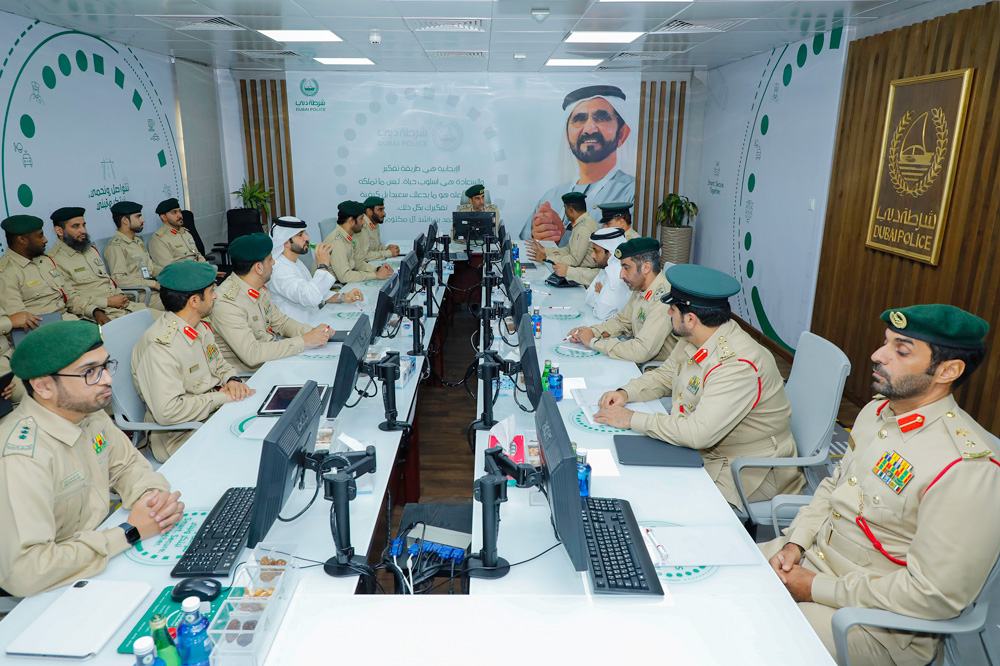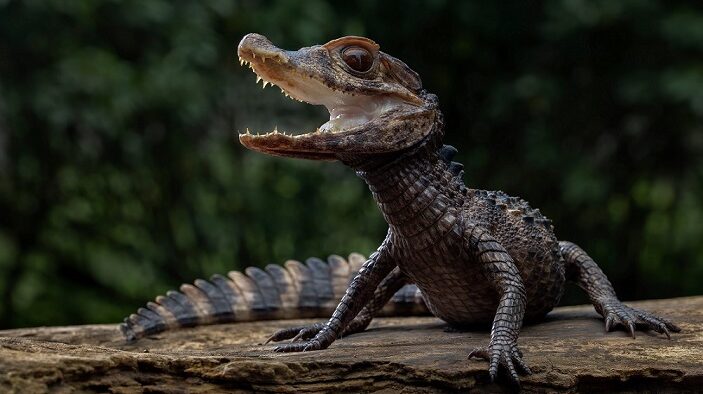Riyadh, Saudi Arabia – On World Vulture Awareness Day, the Prince Mohammed bin Salman Royal Reserve Development Authority made a groundbreaking announcement: the discovery of three breeding colonies of the endangered Eurasian Griffon vultures within the Reserve. This rare find marks a significant milestone in the conservation efforts for these vital scavengers in the Middle East.
Andrew Zaloumis, CEO of the Reserve Development Authority, emphasized the importance of this discovery. “The endangered Griffon vulture is an uncommon breeding resident in Saudi Arabia. Using drones, four active nests with adults incubating eggs and raising chicks have been discovered by Reserve scientists and are being closely monitored,” he stated. These findings highlight the improving environmental health of the Reserve and underscore its role as a sanctuary for Saudi Arabia’s natural heritage.
Griffon vultures, acting as nature’s clean-up crew, are crucial for maintaining healthy ecosystems and preventing disease outbreaks. The newly discovered breeding colonies are a testament to the Reserve’s dedication to conservation. Under the recently launched Integrated Development Management Plan, these vulture breeding sites are afforded the highest level of protection.

The Prince Mohammed bin Salman Royal Reserve, spanning 24,500 km² from the Harrats lava plains to the Red Sea, is one of the most biodiverse protected areas in the Middle East. Home to 15 distinct ecosystems and over 50% of the Kingdom’s species, it has become a haven for wildlife, including the Griffon vultures.
Previously, individual Griffon vultures were recorded roosting throughout the Reserve’s mountain ranges, but this is the first confirmed sighting of breeding colonies with nesting sites. Four active nests, with adults incubating eggs and chicks aged approximately two to three months, were discovered in the Jabel Qaraqir section. Additionally, 37 potential nesting sites are under surveillance.
In 2023, a collaborative initiative with the National Centre for Wildlife saw two Griffon vultures tagged and released into the Reserve. Griffon vultures coexist with predators like wolves and hyenas, which are essential for their feeding. The absence of these predators and the widespread poisoning of vultures globally have hindered their ability to reach breeding maturity.

Building awareness of vultures’ crucial role in ecosystem health is vital for their conservation. The Reserve’s restoration and rewilding initiatives are reestablishing safe vulture habitats and reintroducing prey species. The newly discovered nests will continue to be monitored, supported by Reserve-wide educational and community outreach programs.
This discovery not only highlights the Reserve’s successful conservation efforts but also emphasizes the importance of protecting these majestic birds for future generations.















